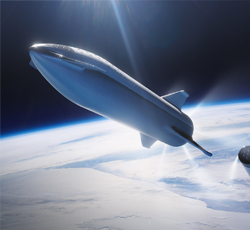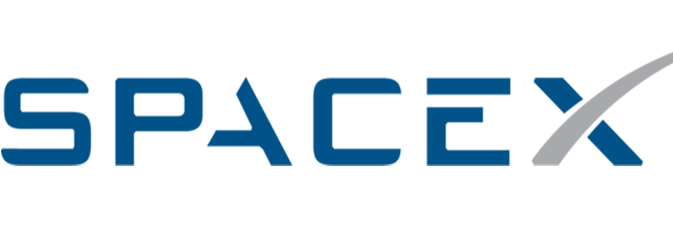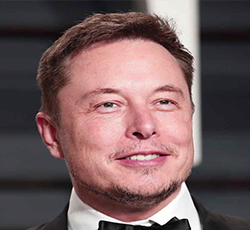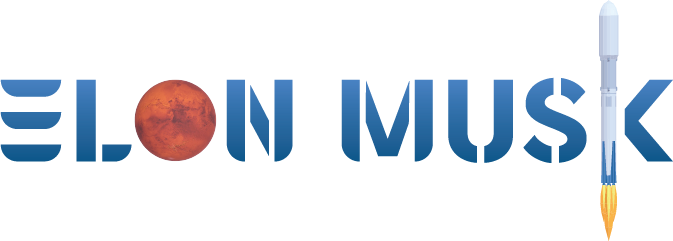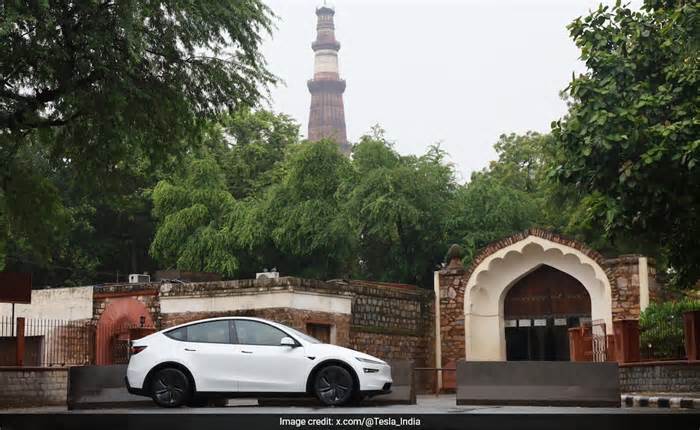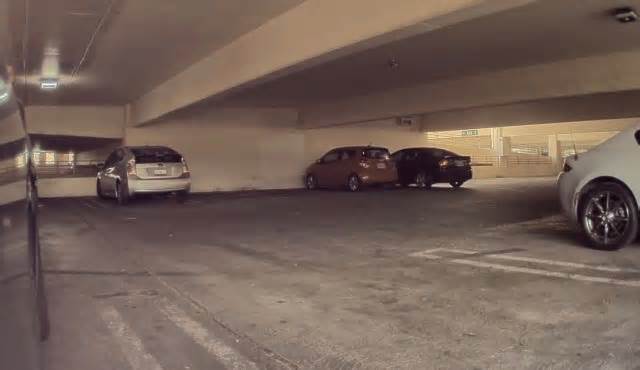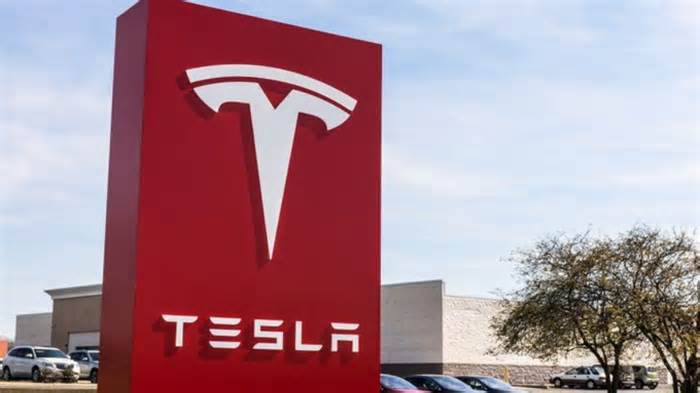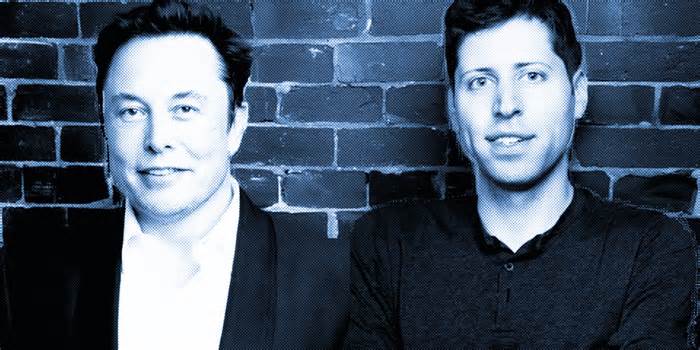
Tesla’s Robotaxi gamble: Driverless dream hits speed bump
- by The Business Standard
- Jul 04, 2025
- 0 Comments
- 0 Likes Flag 0 Of 5

Keep updated, follow The Business Standard's Google news channel
Tesla's CEO called it the "culmination of a decade of hard work," celebrating the AI and software teams built entirely in-house. Yet for all the fanfare, the launch was what one analyst called a "low-key affair". Just 10 cars, restricted hours, and tightly controlled routes. No Cybercabs, the spaceship-like vehicles Tesla unveiled last year. No general public access. Not yet.
For Musk, this is only the start. But whether it is a turning point or a temporary illusion remains unclear.
A glitch in the system?
The first rides were documented in glowing livestreams by Tesla superfans. They showed clean rides, cheerful safety monitors, and the familiar hum of a Tesla coasting at 40 miles per hour. Inside the car, riders could press a digital "start ride" button, play music from their Tesla profile, or press "support" to call a remote operator.
But outside the camera's frame, other stories emerged.
Ed Niedermeyer, a Tesla critic and journalist, witnessed a Robotaxi slam its brakes twice in the middle of an intersection — both times as it passed parked police vehicles. Another video showed a Robotaxi briefly driving on the wrong side of the road. One passenger reported being dropped in the middle of a busy junction.
These were not isolated cases. Redditors compiled a growing list of mishaps that include multiple incidents of phantom braking, failed turns, and botched drop-offs. One vehicle failed to recognise a reversing truck, another drove over a kerb. In some cases, Tesla's remote support team had to intervene. What remains unclear is the safety monitor's exact role — are they observers or backups? Do they have a kill switch? Tesla has not said.
Still, not every ride ended in error. Some riders completed more than a dozen trips without any major issue. Tesla investors cheered. The company's stock jumped 8% after the launch. Musk reposted several praise-filled reactions. One rider, Sawyer Merritt, hailed 20 Robotaxis in two days and said all were "smooth and comfortable".
But a smooth ride does not erase the bumps ahead. Tesla's competitors — Waymo, Zoox and Apollo Go — have been logging millions of driverless miles. Waymo alone offers over 250,000 rides a week and operates in four US cities. Tesla is just beginning, and its approach differs: where rivals use lidar and radar, Tesla bets on camera-only systems. Cheaper, yes. But reliable? That remains to be seen.
Rules of the road (or lack thereof)
If Tesla's Robotaxi launch feels unregulated, that is because it almost is.
For years, Texas has kept its hands off the autonomous vehicle industry. A 2017 law barred cities from regulating driverless cars. But the recent launch spurred some action. A new state law, effective from 1 September, requires companies to get permits from the Texas Department of Motor Vehicles. Operators must also show that their vehicles meet Level 4 autonomy — able to drive themselves under specific conditions.
The law is not especially strict. As one legal expert put it, "easy to get, easy to lose". No real requirement for public data sharing. No crash reporting system like California's.
Tesla, for its part, has resisted transparency. It attempted to block public records requests in both Austin and with the Texas Department of Transportation, citing "confidential business information."
At the federal level, oversight is weaker still. Under the Trump-era Department of Government Efficiency (DOGE), safety agencies like National Highway Traffic Safety Administration (NHTSA) lost staff and power. The administration has fast-tracked exemptions for automated vehicles, including Tesla's Cybercab, from basic safety requirements like steering wheels and pedals.
NHTSA is investigating recent Robotaxi incidents, but enforcement remains toothless. The agency has already looked into Tesla's full self-driving and autopilot systems multiple times. Despite a number of fatalities linked to the technology, no significant restrictions have followed.
Tesla is moving fast, and the road ahead seems open. Musk says thousands of Robotaxis could arrive within months, "maybe a million" by the end of 2026. But as one observer quipped, "imagine the list of mistakes at that scale."
For now, it is a controlled experiment — limited in area, with cameras watching and supporters cheering. But Austin is a real city, with real pedestrians, real traffic, and real stakes. If Tesla's Robotaxi dream is to become a safe, trusted reality, it will need more than rides and reposts. It will need rules, accountability, and fewer near-misses.
Or else, one unexpected stop may turn into a permanent red light.
Please first to comment
Related Post
Stay Connected
Tweets by elonmuskTo get the latest tweets please make sure you are logged in on X on this browser.
Sponsored
Popular Post
Sam Altman's OpenAI Takes On Elon Musk's Grok in AI Chess Tournament Final - Who Won?
28 ViewsAug 09 ,2025






 Energy
Energy